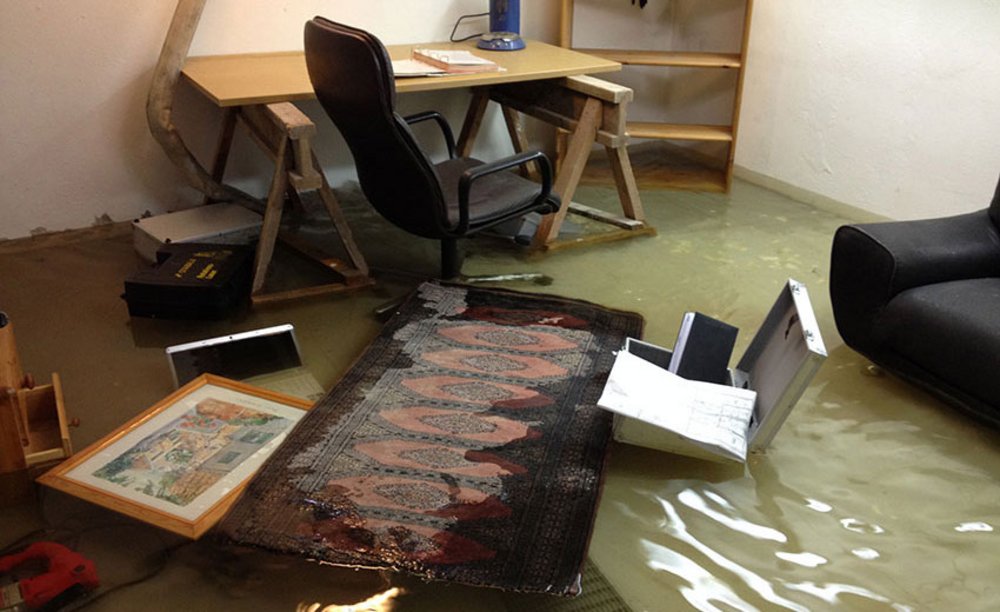Backflow protection
Protection against flooding in the basement
Increasing heavy rainfall events lead to more and more frequent flooding in all parts of the world and thus endanger inventory and the building substance below the backpressure level. Basement flats as well as wellness oases, fitness rooms and offices in the basement area are particularly at risk.
In the following, we describe the causes of backpressure and name measures for effective protection against backpressure sewage. In addition, with the help of our backpressure animation, you can also animate a backpressure scenario online and see what happens when heavy rainfall occurs and there is insufficient backpressure protection.

Reasons for backpressure
Backpressure level
Protection against backpressure
Backpressure animation

